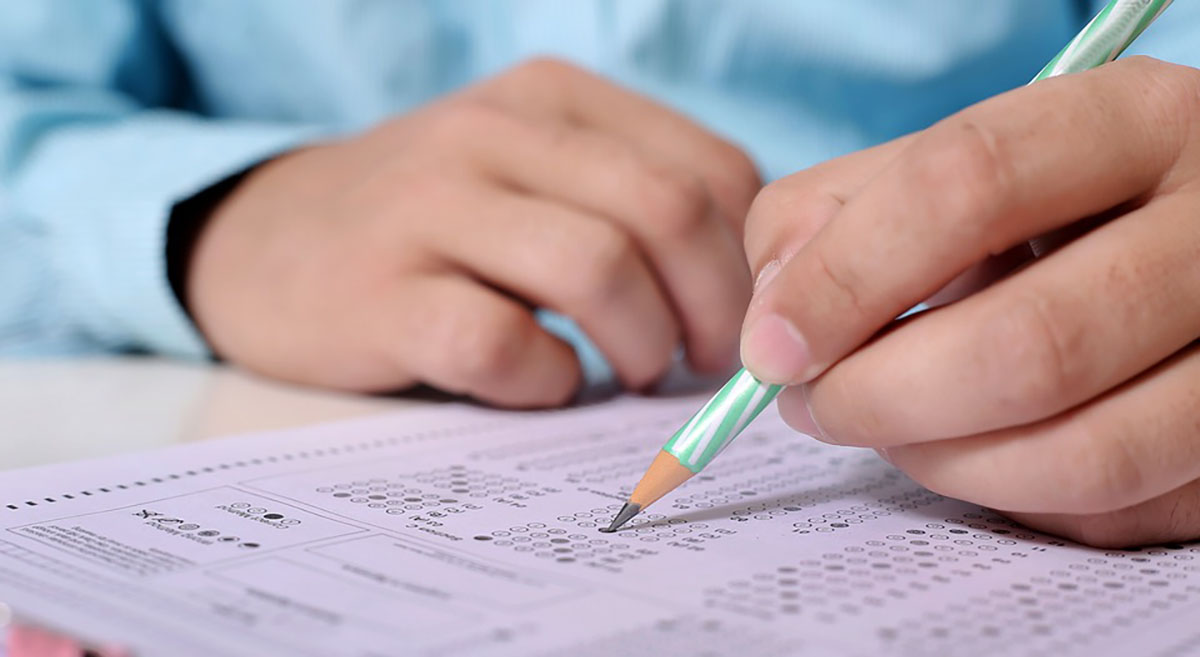
Basic FAA Drone Part 107 Rules | Quick Reference Guide
Published: May 1, 2017
Author/Pilot: Montana Drone Company
Category Tags: DRONE LAWS
The following is only a short list of drone laws which need to be followed, but a waiver can be applied for to fly an operation circumventing the standard drone law.
View more information at FAA.gov.
• 107.25 Operation from a moving vehicle:
No Person may operate a small unmanned aircraft system from a moving land or water-borne vehicle unless the small unmanned aircraft is flown over a sparsely populated area.
• 107.29 Daylight Operation:
- No person may operate a small unmanned aircraft system during night.
- No person may operate a small unmanned aircraft system during periods of civil twilight unless the small unmanned aircraft has lighted anti-collision lighting visible for at least 3 statute miles. The remote pilot in command may reduce the intensity of the anti-collision lighting if he or she determines that, because of operating conditions, it would be in the interest of safety to do so.
• 107.31 Visual line of sight:
With vision that is unaided by any device other than corrective lenses, the remote pilot in command, the visual observer (if one is used), and the person manipulating the flight control of the small unmanned aircraft system must be able to see the unmanned aircraft throughout the entire flight in order to:
- Know the unmanned aircraft's location;
- Determine the unmanned aircraft's attitude, altitude, and direction of flight
• 107.33 Visual Observer:
The remote pilot in command, the person manipulating the flight controls of the small unmanned aircraft system, and the visual observer must maintain effective communication with each other at all times.
• 107.35 Operation of multiple small unmanned aircraft:
A person may not operate or act as a remote pilot in command or visual observer in the operation of more than one unmanned aircraft at the same time.
• 107.39 Operation over human beings:
No person may operate a small unmanned aircraft over a human being unless that human being is:
- Directly participating in the operation of the small unmanned aircraft.
• 107.41 Operation in certain airspace:
No person may operate a small unmanned aircraft in Class B, Class C, or Class D airspace or within the lateral boundaries of the surface area of Class E airspace designated for an airport unless that person has prior authorization from Air Traffic Control (ATC).
• 107.43 Operation in the vicinity of airports:
No person may operate a small unmanned aircraft in a manner that interferes with operations and traffic patterns at any airport, heliport, or seaplane base.
AGRICULTURE
BUSINESS VIDEOS
COMMERCIALS
CONSTRUCTION
COOL FLIGHTS
DRONE LAWS
EVENTS
FLIGHT TIPS
INSPECTIONS
INTERVIEWS
MAPPING | SURVEYING
NEWS
NIGHT FLIGHTS
OTHER PROJECTS
POWERSPORTS
PRODUCT VIDEOS
REAL ESTATE HOMES
REAL ESTATE RANCHES
TIMELAPSES
UAV MODELS
VIDEO TIPS
WILDLIFE